Rope and Running Rigging
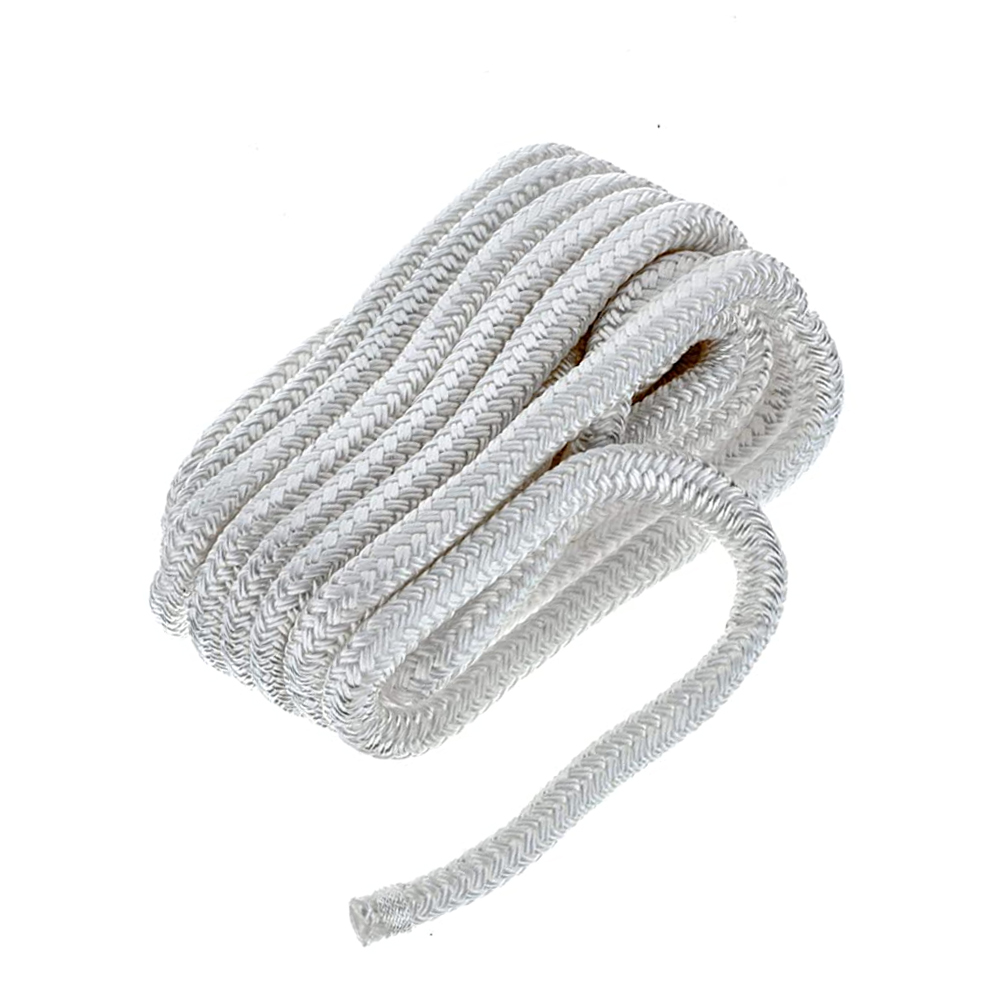
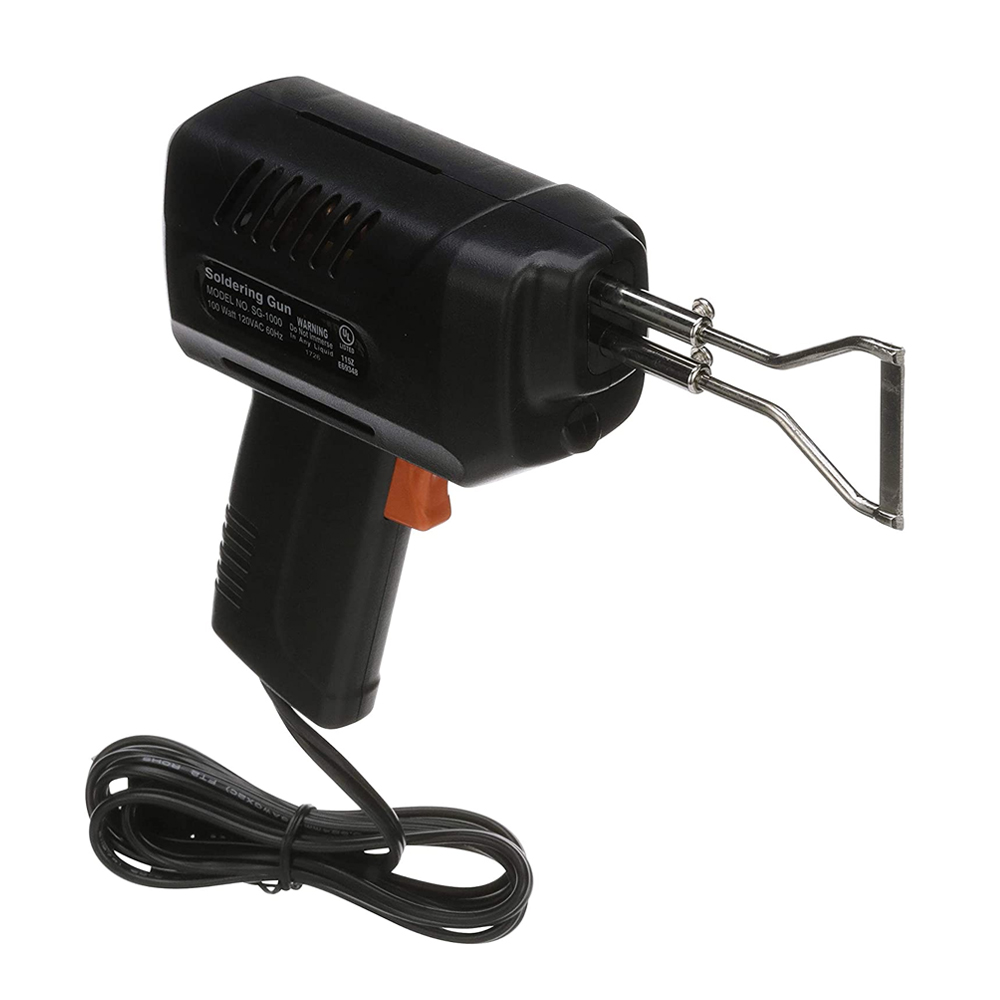
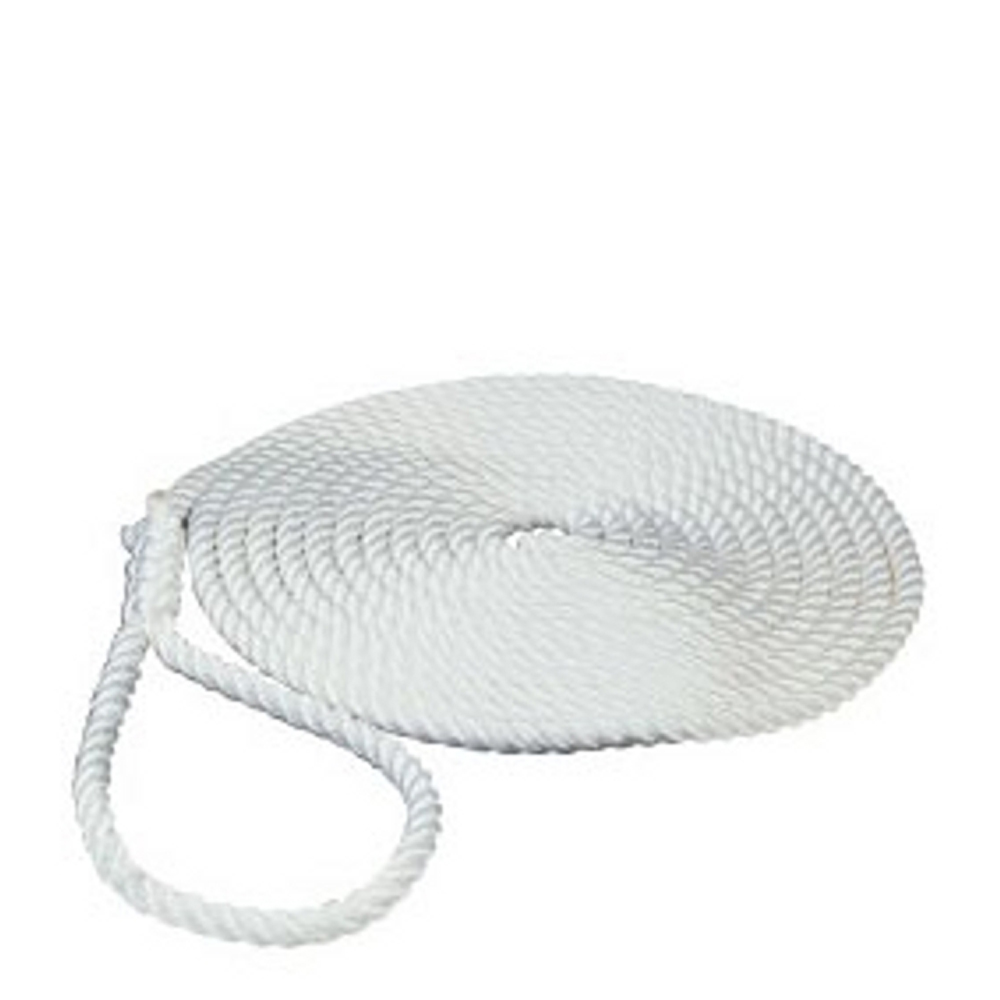
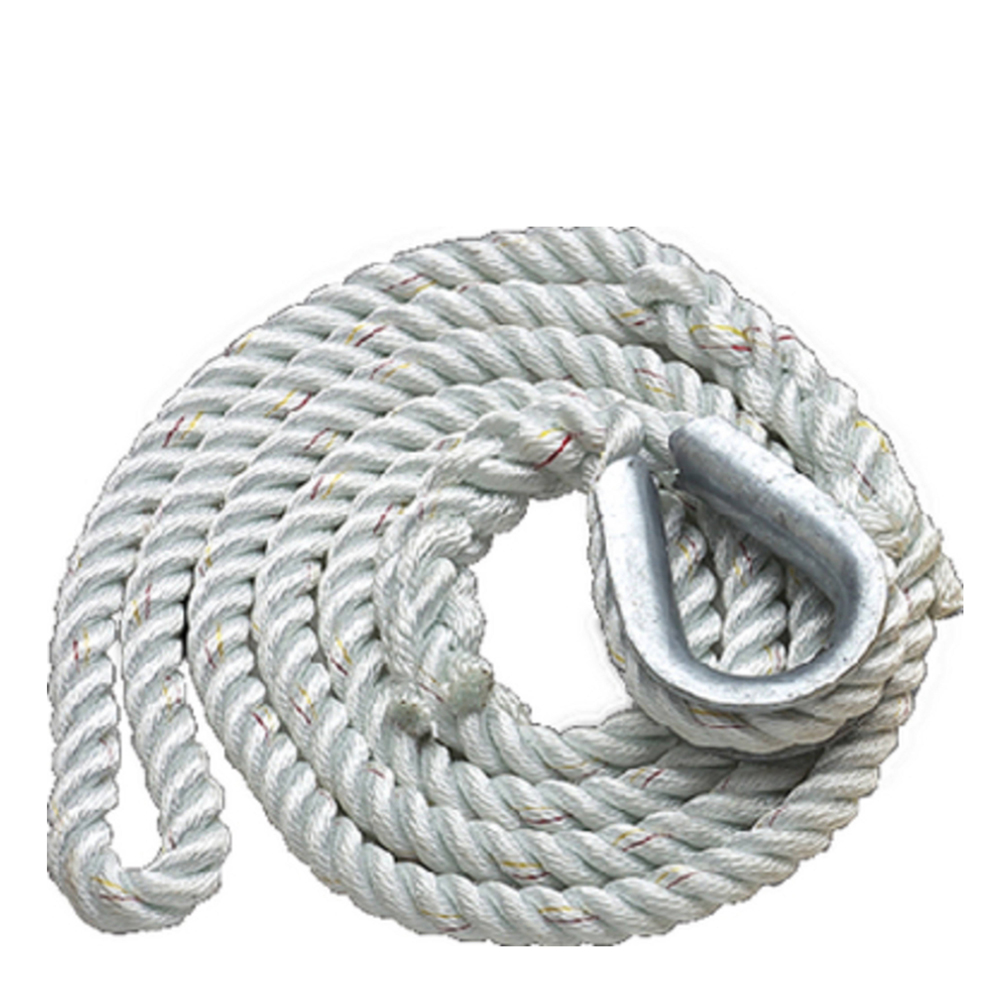
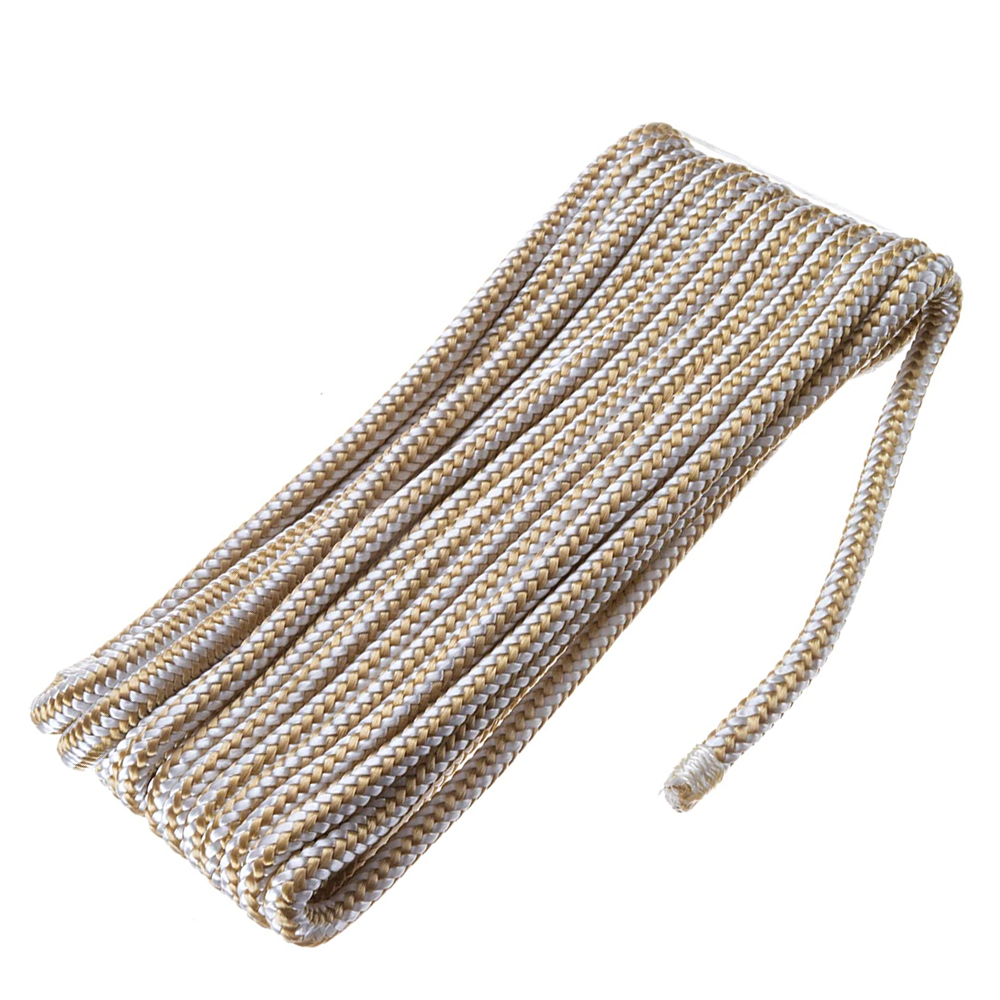
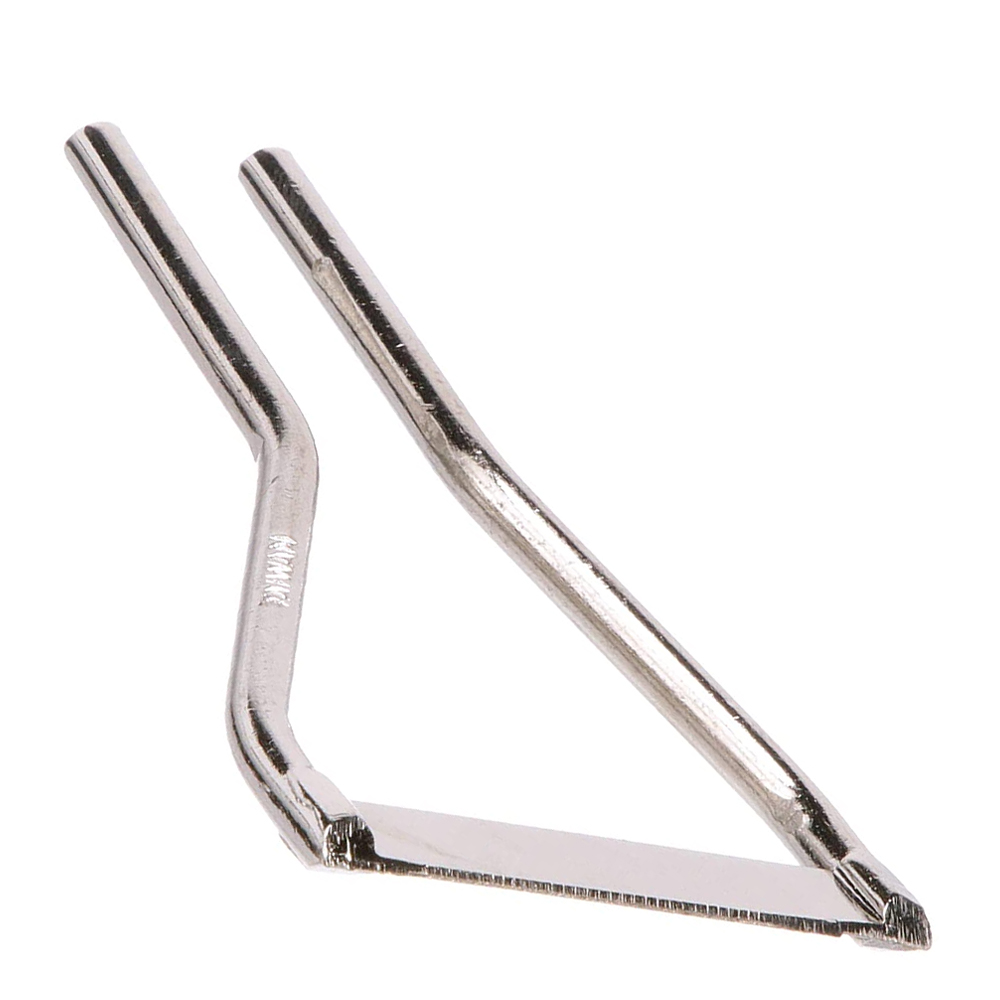
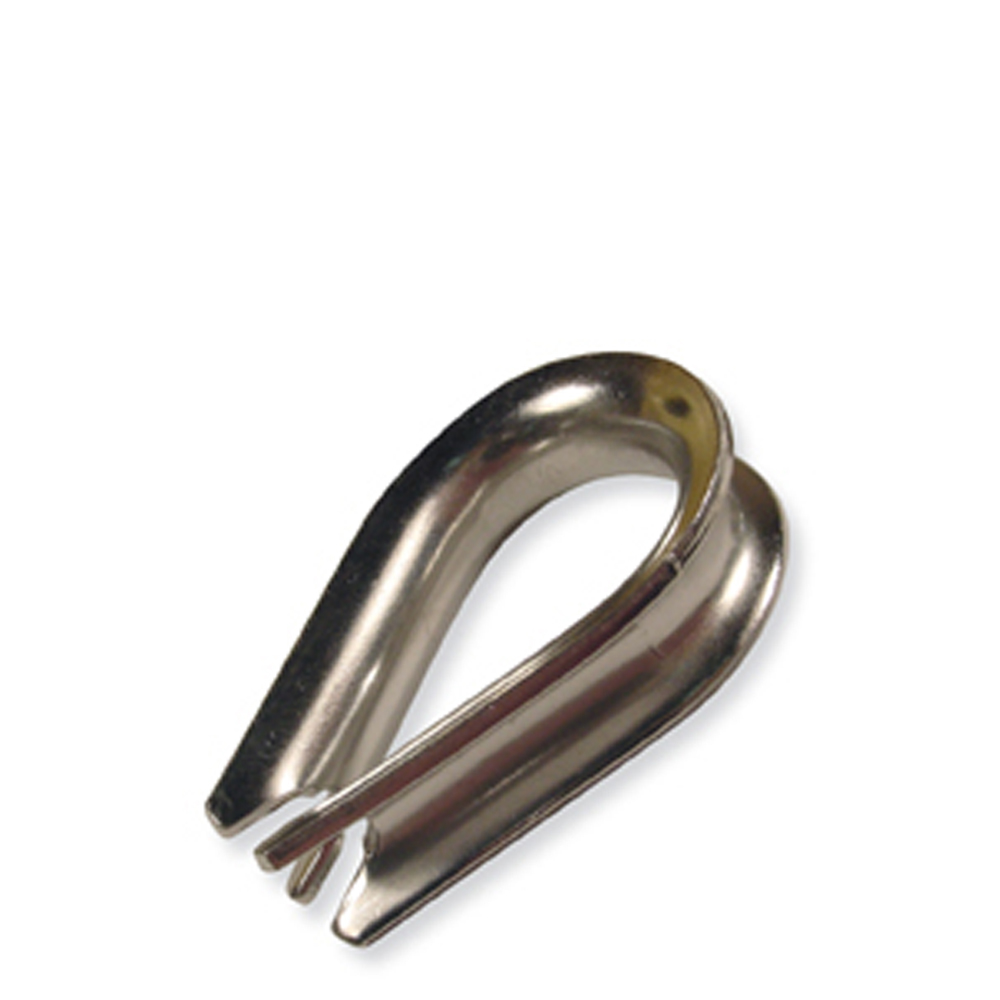
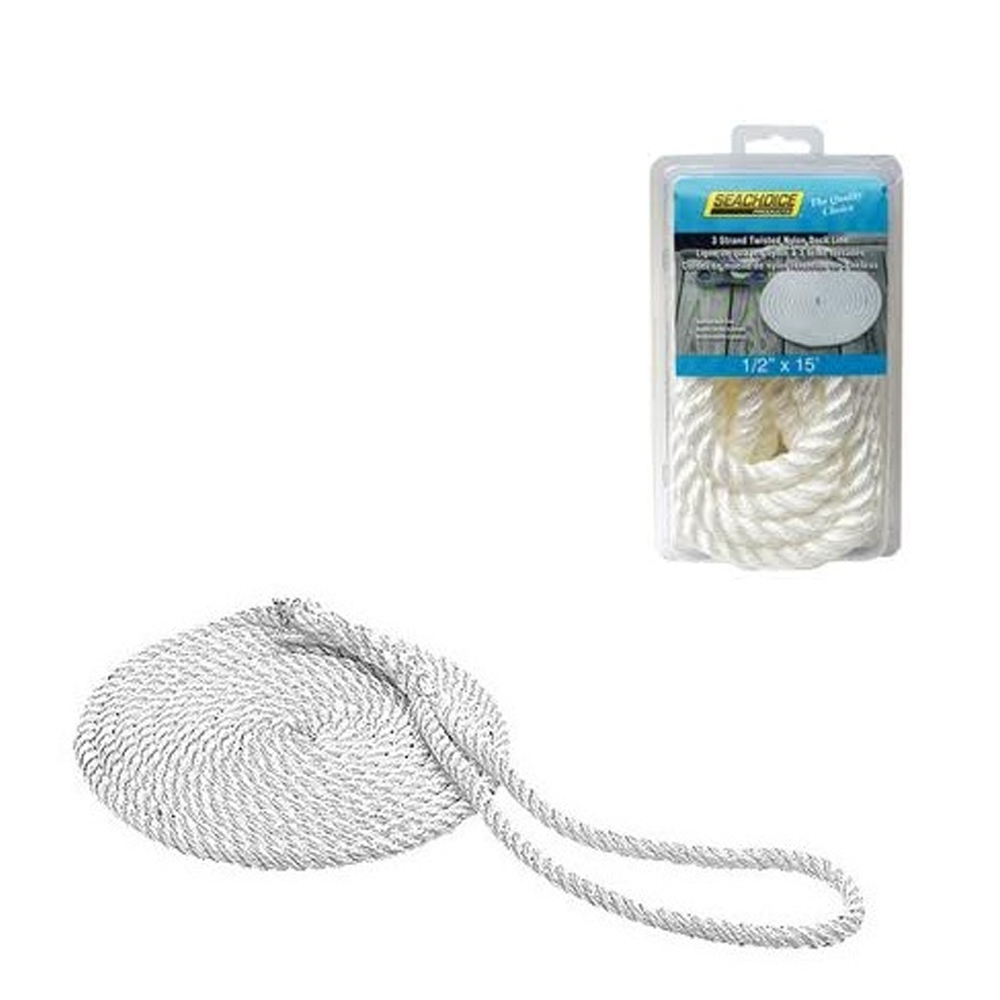
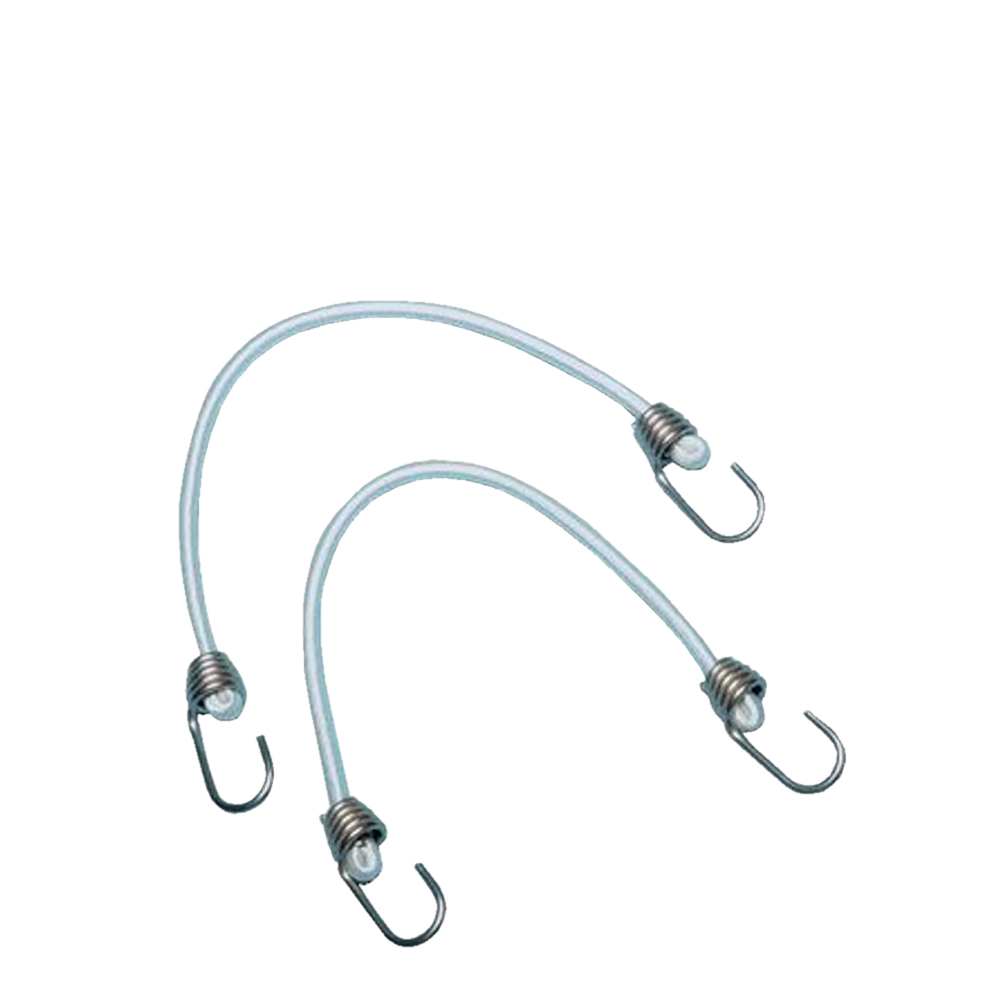
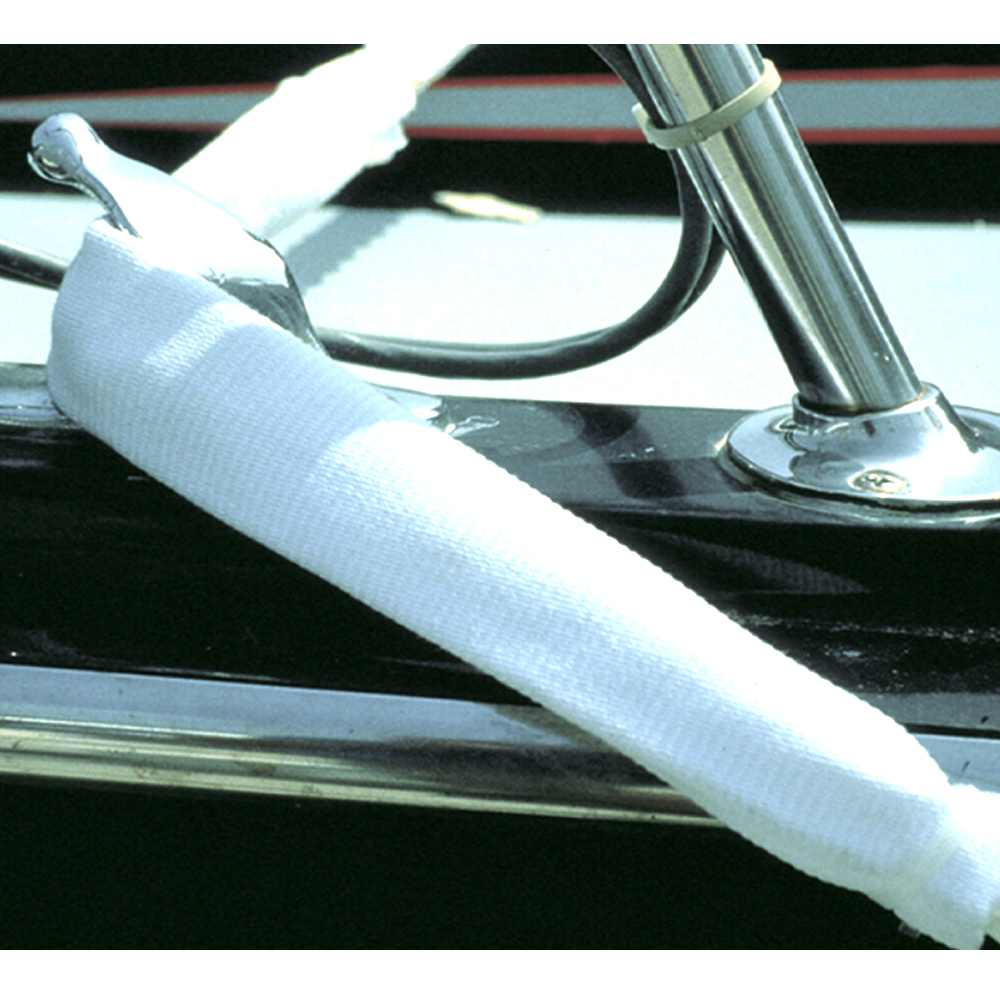


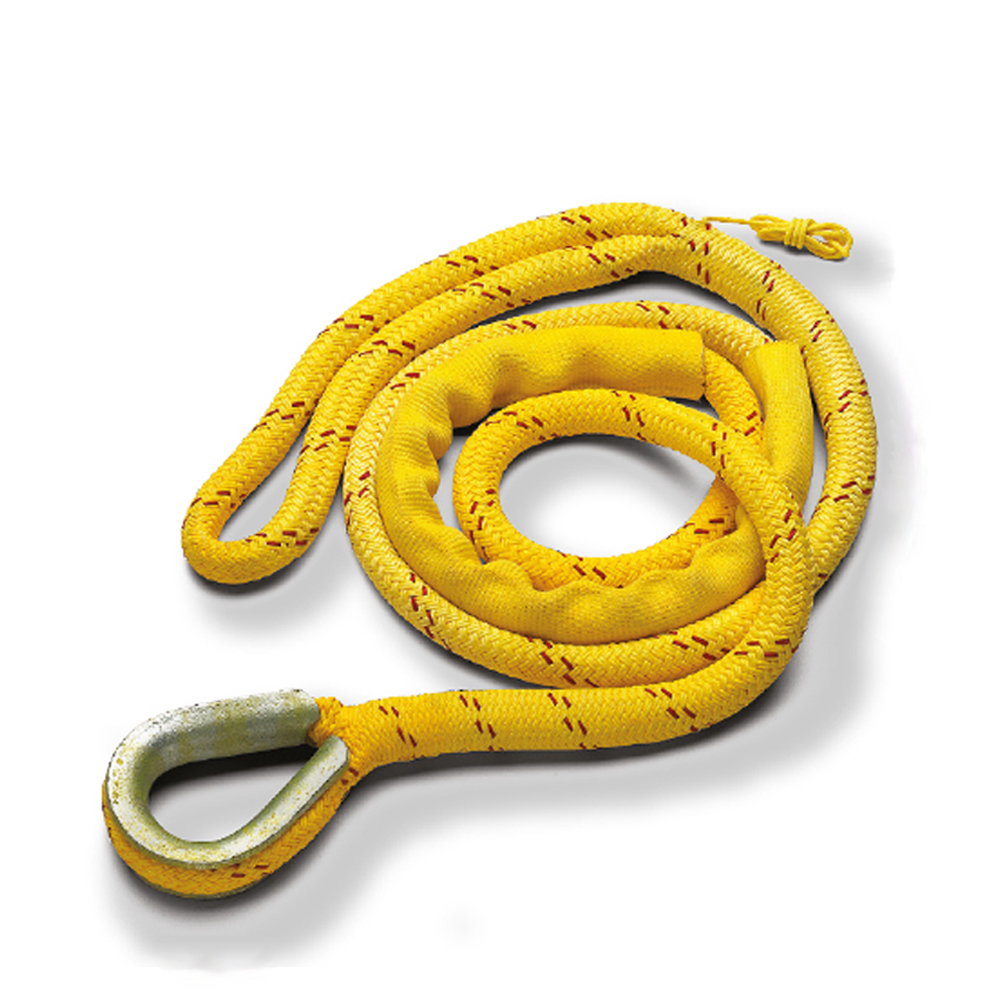
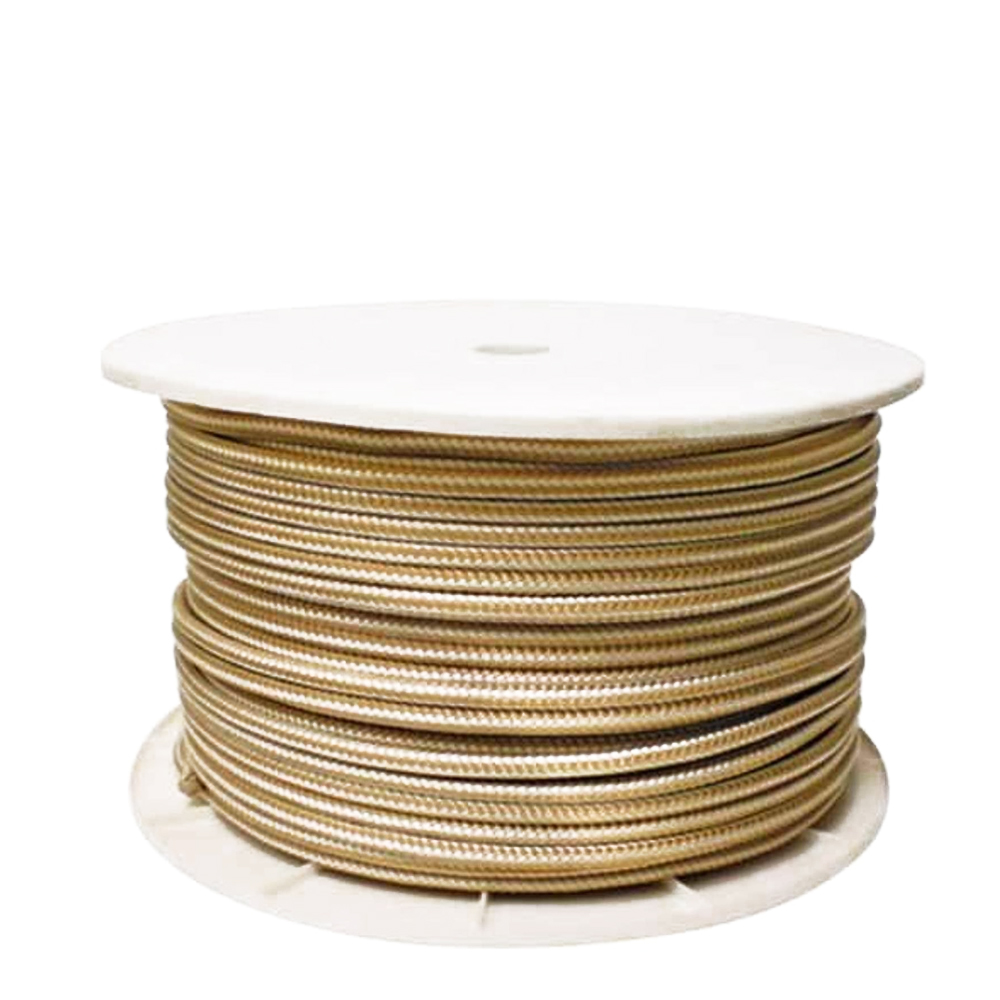
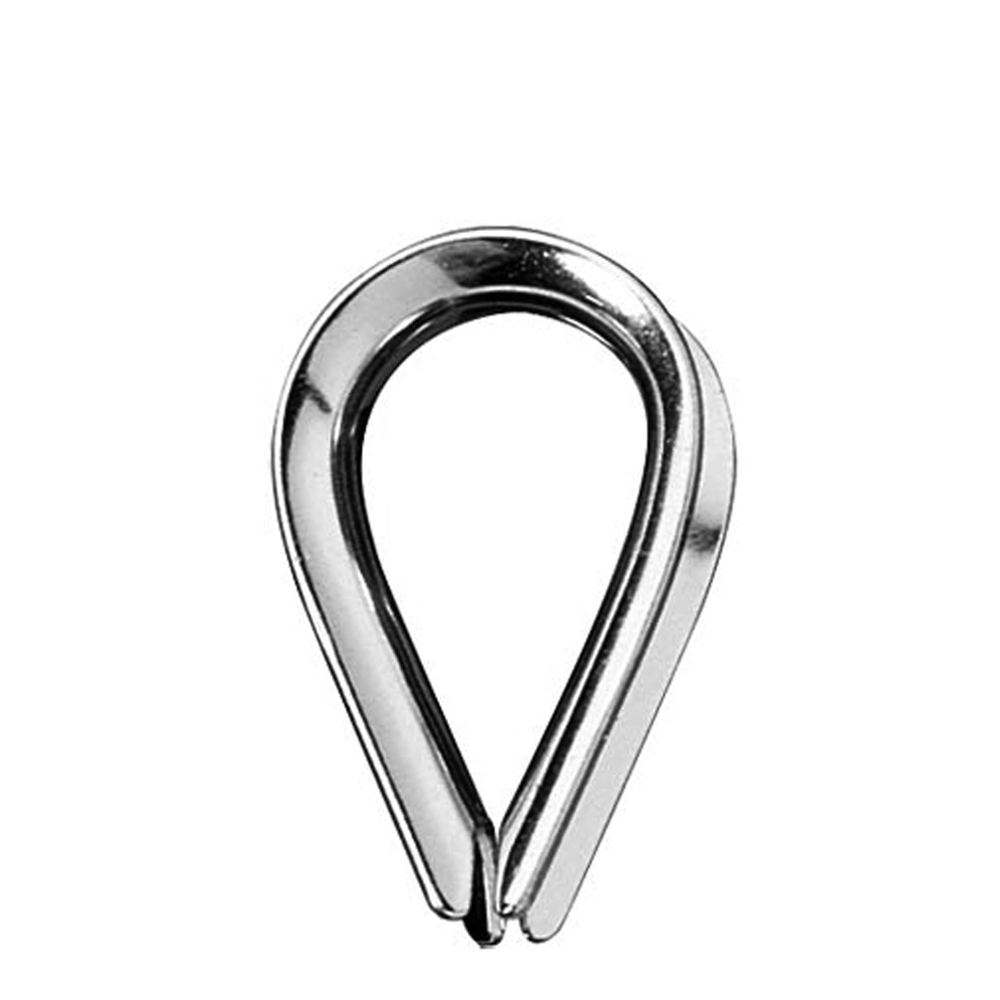
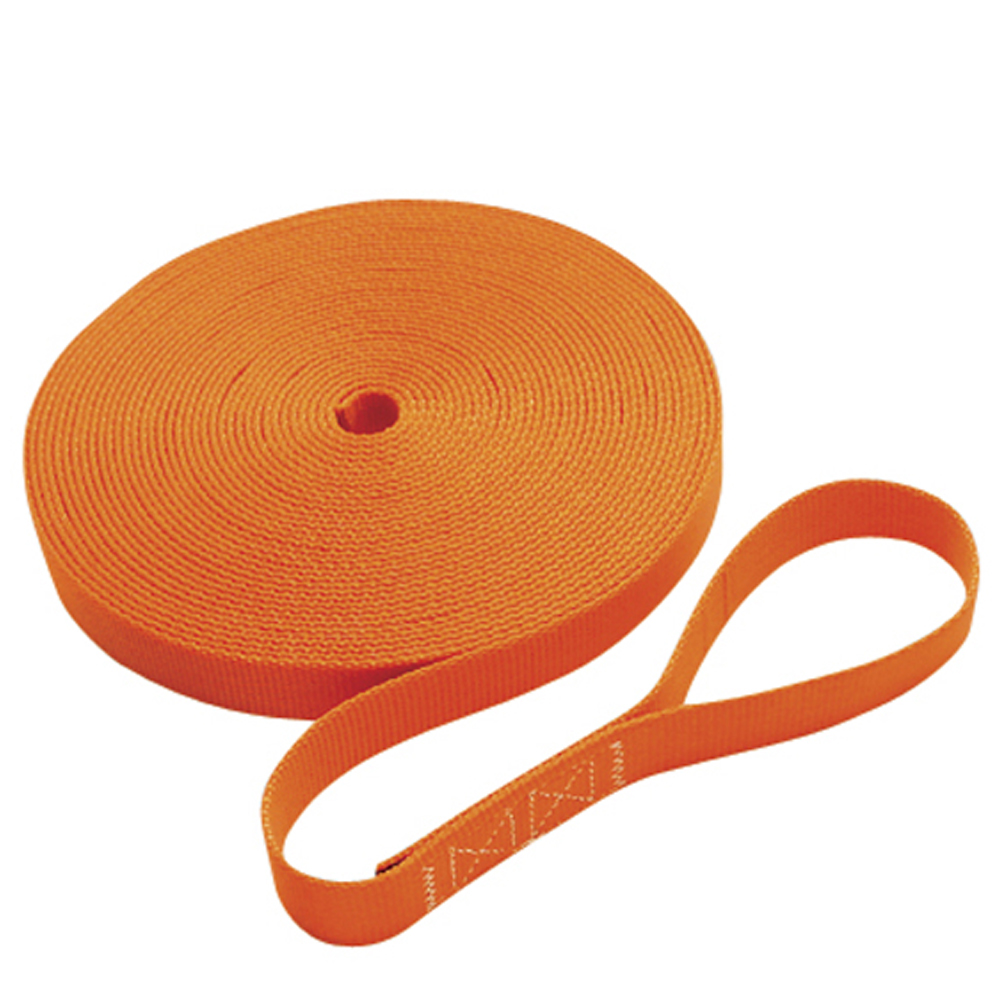
Rope, Running Rigging, Docking & Mooring Line and Rope Care explained
Rope for sailors and powerboaters should always considered a raw material. A full spool of marine grade rope is typically 600 feet in length. Once a length of rope is cut from the spool and designated for a particular job on a boat (sheet, halyard, anchor rode, etc.) it then becomes a Line.
Rope Materials
Ropes are bundles of either natural or synthetic fibers. Natural fibers are not typically found on modern yachts today. These natural materials would be manila, cotton or hemp. Synthetic fibers will range from polypropylene, polyester, nylon as well as many high tech, high performance materials like Spectra, Dyneema, Technora, Vectran and many others. These materials may also be combined with each other in the core and cover or both. These fiber blends allow the rope designer to optimize the material properties for different applications.
Rope Construction
3-Strand: All rope discussions begin with the old traditional 3-strand twisted rope also known as laid line. Three-strand nylon rope is an economical choice and is commonly used for mooring lines, docking lines and anchor rodes.
Single Braid: Single-braid features a flexible, supple construction that absorbs twist and resists kinking. Single-braid line construction is ideal for mainsheets, furling lines and large dock lines.
Examples: Amsteel Blue; Endura 12; Regatta Braid; Salsa Line; Vectran V-12; Vectrus.
Double-Braid: Double-braid rope is generally stronger than the 3-strand nylon equivalent. Double-braid is widely available in a fully range of sizes and colors. Double-braid is popular for use as control lines, halyards, and sheets,on many cruising sailboats. Double-braid is also used for mooring lines, docking lines and anchor rodes.
Examples: Endura Braid; Sta-Set; T-900; Ultra-Lite; Ultra-Tech; V-100; and Double Braid dock lines.
Parallel Core: A polyester fiber core with a braided cover, makes for a rope with lower stretch higher strength line than other polyester ropes of equal size. Construction is ideal for halyards, sheets and guys on cruising sailboats.
Examples: Sta-Set X; Novabraid Dinghy Braid.
Synthetic Rope Fiber Characteristics
Nylon (polyamide) has a high tensile strength (approximately 3x manila), high elasticity, high impact resistance, good energy absorption and good abrasion resistance. Nylon is UV resistant and unaffected by most common chemicals. These physical qualities make nylon an ideal choice for dock line, mooring pendants and anchor rode applications. Nylon is offered in three-strand twisted and braided line construction.
Polypropylene is light and has about half of the strength of nylon or polyester materials. Polypropylene is buoyant making it a good choice for a small dinghy painter, water-ski towlines, and small racer control lines. However, it is not very UV resistant or particularly durable making regular replacement necessary. Polypropylene is also offered in three-strand twisted and braided line construction.
Polyester (AKA Dacron) is similar to nylon in strength and UV resistance but stretches less with a flexible, comfortable feel. Polyester is a popular choice for control lines, sheets and many other applications on cruising sailboats. Polyester is often the material of choice when used as a cover for the core of double braided lines. Polyester braided covers provide UV protection for a number of other high-tech core fibers.
High Performance Rope is available in competition grade combinations of several advanced fibers.
- Dyneema (AKA High-Modulus Polyethylene or HMPE) - Dyneema has been called the world's stronger fiber. Dyneema is light, strong, smooth, exceptionally easy to handle, and it floats. Dyneema is naturally slippery and thus exhibits poor knot holding qualities. Dyneema is often used as a braided core within a braided polyester cover.
- Spectra (AKA Ultra - High molecular weight polyethylene or UHMWPE) fibers are known for very high strength and excellent cut resistance. Spectra is ideal for running rigging applications where low stretch and light weight is a requirement. Spectra is also very slippery and does not hold knots well.
- Technora (AKA Aramid - related to Kevlar type materials) - Technora is considered to be the highest strength aramid fiber. It exhibits very low stretch making it ideal for running rigging applications, particularly good for use as halyards. Technora is not UV resistant and must be covered with a material like braided polyester.
- Vectran (AKA Liquid Crystal Polymer) - Vectran exhibits very low stretch making it ideal for running rigging applications, often used on competitive racing boats and mega-yacht craft. Very high strength with zero creep.
Running Rigging
Modern rope construction and the availability of high technology, low stretch synthetic fibers that make it possible to utilize rigging lines that are ten times stronger than steel. Cruisers and racers alike have changed their original wire/rope halyards to all rope construction. Many sailboats have replaced all of their running rigging with the new generation of high strength, synthetic ropes.
Wire halyards have many shortcomings when compared to all rope halyards. Wire rope halyards are very uncomfortable to handle and are hard on equipment. Wire is difficult to splice and can remove paint and abrade anodized finishes as it slaps against your mast.
Synthetic fiber running rigging is easier to handle, faster when hoisting by hand and will out last wire rope. Rope running rigging is available in a wide variety of colors and with "tracers" which all make it much easier to code all of the control lines on the boat.
Anchor Rode, Dock Lines and Mooring Pendants
Anchor Rode
Nylon 3-strand Anchor Rode is very practical, economical choice. Nylon is very strong, it is also elastic affording a shock absorbing action as it stretches when the boat moves at anchor. Nylon's high UV resistance is important since the anchor line spends so much time exposed to the sun. Nylon does not rot which is important since anchor lines are almost always put away wet. Laid rope is the easiest to splice. Nylon is also easy on the hands- most people find lines 3/8" in diameter and larger to be the most comfortable to handle.
Braided Nylon Anchor Line is a higher cost alternative to 3-strand rope. Braid is more difficult for beginners to splice when compared to laid rope. Braided nylon stretches more smoothly than 3-strand which dampens the boat's motion somewhat. Double braid line is easier to flake down in a figure eight coil when compared to laid rope. Double braid is easier to handle due to its supple and smooth construction. Again, most people find lines 3/8" in diameter and larger to be the most comfortable to handle.
Docklines
Nylon 3-strand Docklines, pre-cut, with eye splices are a very economical choice. Nylon is extremely strong and stretches as the boat moves at the dock. Nylon's high UV resistance is important since docklines spend so much time exposed to the sun.
Braided Nylon Docklines are a higher cost alternative to 3-strand rope. Braided docklines are available in a wider variety of colors which makes it easier when matching lines to fenders and other equipment. Braid is more difficult for beginners to splice when compared to laid rope. Braided nylon stretches more smoothly than 3-strand which dampens the boat's motion somewhat. Double braid line is easier to flake down in a figure eight coil when compared to laid rope. Double braid is easier to handle due to its supple and smooth construction. Again, most people find lines 3/8" in diameter and larger to be the most comfortable to handle.
Mooring Pendants or Pennants are made from either nylon 3-strand or double braid rope with a heavy duty galvanized steel thimble on one end, a whipped eye other end, sometimes with chafe protection, and often with specialized coatings for additional protection.
Bungee or Shock Cord
Marine bungee cord (bungie), AKA shock cord, is an elastic cord composed of one or more elastic strands forming a core, usually covered in a woven nylon or polyester sheath. Shock cord has many uses: gear tie downs, sail tie downs (to boom), lashing jib and sails to the deck, securing loose objects, etc.
Small Stuff
Small Stuff is, as the name suggests, a variety of smaller diameter cordage used for marine whippings, lashings, seizing and light duty use. The main small stuff types are shown below:
Whipping Thread or Whipping Twine is typically made from polyester or nylon and is usually wax coated. The wax treatment helps resist weathering and make line whipping easier. Whipping thread is used to finish rope ends to prevent unraveling, splitting and to provide a decorative seamanlike appearance. Beeswax is a traditional material used to further weatherproof the whipped line end. For quick whipping jobs a liquid "whip dip" can be a valid alternative.
Twine is usually 3/16" or smaller in diameter. Mason cotton twine is used with plumb bobs and for guide lines in many construction jobs. Other twines are made from polyester or nylon and may also be wax coated to resist weathering. Twine is suitable for lashing, seizing and tying up small items.
Marlin or Marline is constructed from polyester fibers and is coated with tar to resist weathering. It is used for lashing and seizing.
Utility Line or Cord may feature twisted or braided construction and be built from polyester, nylon, or polypropylene fibers. Utility grade cord may be used to flag halyards, tie downs, anchor chain marking, etc.
Rope Care
The chief enemies of a long-life rope would be: abrasion, chafing, dirt, salt, kinks, cuts, UV exposure and overall neglect.
Prevent Rope Abrasion
Abrasion, particularly on anchor lines and dock lines can be minimized by the use of anti-chafing gear. Chafe guards strategically placed where lines pass through chocks, hawse holes and around cleats will go a long way towards preventing line wear. Line kinks and sharp angles should be avoided in order to prevent loss of line strength. Turnbuckle cotter rings and pins should be taped to prevent line snags and fiber tears. Prevent rope from chafing on standing rigging and other rough surfaces. Inspect all rope handling gear for sharp edges, burrs, etc. This would include; winches, windlasses, masthead sheaves, blocks, shackles, mast exit blocks, etc. Blocks, sheaves and pulleys should be correctly sized and free running.
Avoid Rope Damage
The bitter end of each line should be whipped with thread, tape or dip to prevent the rope end from unlaying or unraveling. Should the rope become frayed or chafed, either cut out the damaged section and splice the good parts or replace the line entirely. It is better to replace a line before it fails.Rope Cleaning
Dirt, salt and other elements left untreated on lines will eventually reduce the service life of the rope. All lines will last longer if cleaned routinely. A fresh water rinse will benefit all rope exposed to salt water. Many boaters at the end of the season will runs their lines through a washing machine using a gentle detergent. Place the lines in a tied bag or an old pillowcase in order to protect the lines from unraveling and tangles while agitating in the washing machine. Air drying of the lines would be the preferred drying method to use over a clothes dryer.
Rope Storage
Rope should be stored so as to minimize exposure to the sun whenever possible. The line should be coiled or wound on a reel to prevent tangles, kinks, knots, etc. that may affect line strength. Carefully stowed lines will be safer and easier to handle when the new season begins. Lines should be stored clean, dry and safely away from chemicals, fuel, etc. Each year it is a good practice to turn ropes end-for-end in order to prevent spot wear and to maximize line life.
